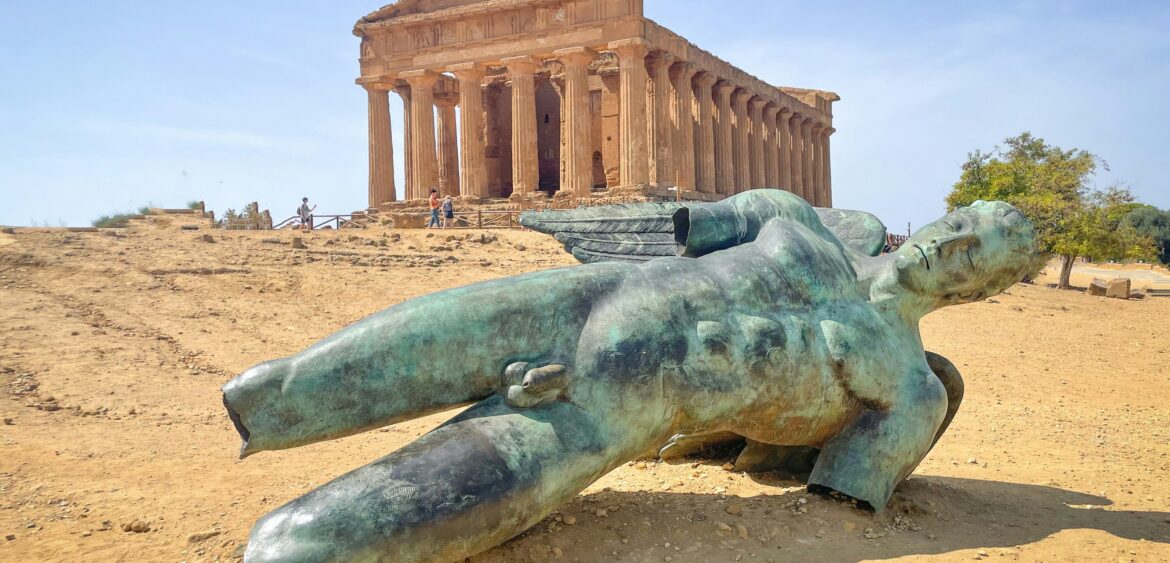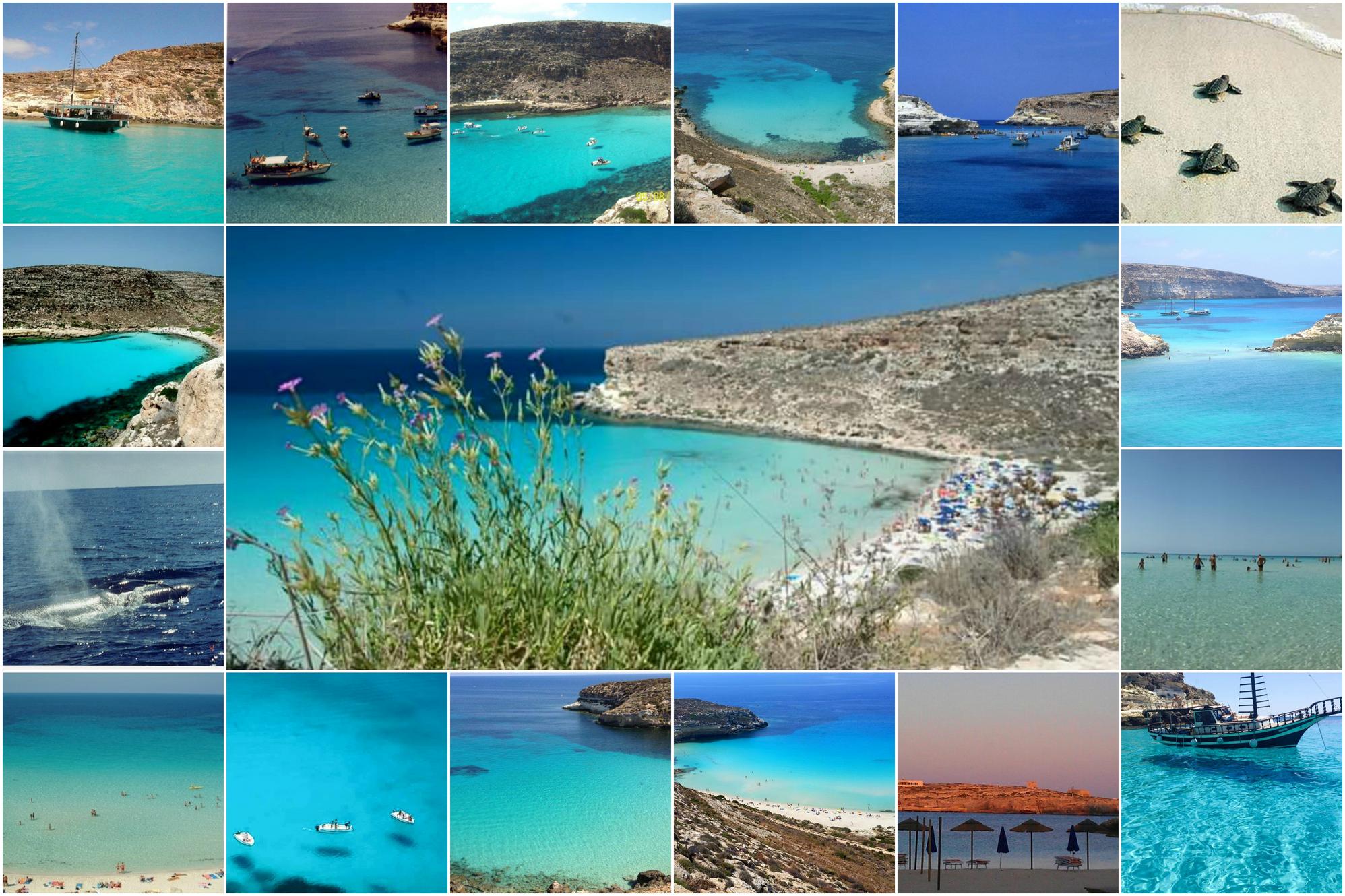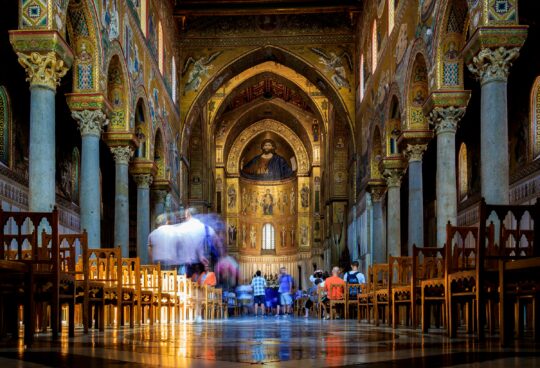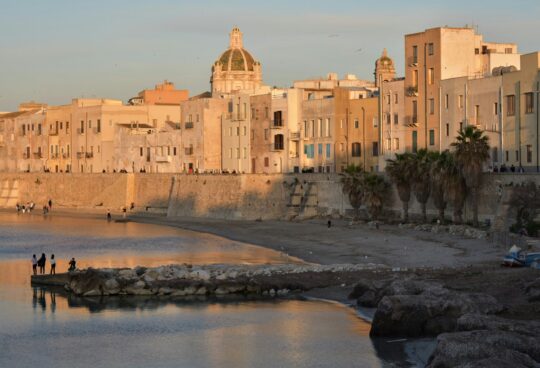Foto di Alexandra Tran su Unsplash
Sicily DMC incentives: Agrigento /The Province of Agrigento stretches out amidst ancient ruins and Baroque architecture, as well as sparkling beaches, marvelous islands, crystal-clear waters and ocean beds buzzing with life. It is the ideal place for those in search of culture, history and art, all in an environment of total relaxation and, of course beneath the warmth and rays of the Italian sun.
The clear sea washes up onto one of the world’s most beautiful and transparent coasts. In the distance, the turquoise water seems to melt with the blue skies, and where the gaze meets the horizon lies the dazzle of a thousand blue hues. Long sandy beaches alternate with deep bays, adorned by the typical Mediterranean maquis that characterizes much of Sicily.
Aromas of the land combine with the scent of the sea, that floats towards the shore on the light marine breeze. The Islands of Lampedusa, Lampione and Linosa, make up the Pelagiean Archipelago. These “Islands of the High Seas” are the southernmost point of the European Union.
The hinterland is a great expanse of plains cultivated with vineyards, various grains and wheat, fruit orchards and orange groves; there, an array of greenery resides, and notable is the striking candor of almond trees, in bloom and filling the air with their delicious fragrance.
Agrigento’s millenary history, like that of Sicily, has left precious traces that can be admired when visiting the ancient centers of both the Provincial Capital and the towns scattered over the territory. As in all of Southern Italy, Agrigento knows that among its riches are its typical food and local specialties. It is a land that offers tourists innumerable sights and endless panoramas.
In the Valley of the Temples (an UNESCO World Heritage Site) the fascination of ancient history blends with the beauty of nature. The sea on one side, the old city-hill on the other, the majestic Doric style temples rising in the center of it all, and the tones of the tufo with which they are constructed create a picture-perfect setting.
The Temple of Concordia is the most well-preserved of the temples, having been transformed into a church. The Temple of Juno still boasts 25 of its original 34 columns to support its structure. Then, the Temple of the Dioscuri is considered the most symbolic temple, while the Temple of Hercules is the oldest of them all. Together with the Temple of Zeus, these five giants dominate the Valley.
Leaving the Valley and heading towards the city, one comes across the remains of the Hellenistic-Roman QuarterVirtual tour, with its houses decorated in beautiful mosaics. The ancient shops, wells, cisterns and the sewer system lend a rather-detailed idea of how the ancient city looked. Evidence abounds from the Greek era: be sure to see the fascinating objects at the Regional Archaeological Museum; they originate from the ancient area of Akragas.
Through the Porta di Ponte, one can enter into the ancient quarter of Agrigento, still conveying the image of a Medieval village, with its narrow roads and steep, winding alleys all converging towards the main road. Stroll through the ancient city and wander to the Cathedral, where a grand stairway leads to the churchyard and bell tower, the construction of which has never been completed.
The archaeological itinerary continues at Eraclea Minoa, today the ruins of an ancient Greek city located on a gentle slope that seems to fall down into the blue sea. The long white beach stretches out from Capo Bianco (White Cape) and arrives at the edges of a magnificent pinewood.
Certainly not to be missed, both for its beautiful landscape and for its historical features, is the Roman Villa of Durrueli (Comune of Realmonte), where parts of the mosaic flooring are still visible.
Gela’s Regional Archaeological Museum displays a vast collection of ceramics, bronzes and numismatic finds from Prehistory to the Middle Ages.
And the Acropolis still bears the remains of two temples dedicated to Athena. The remnants of Greek fortifications, particularly well-preserved, were found in the Cape Soprano excavations.
Nestled on a high plain, the town of Sciacca is divided into quarters and sprawls over three sloping terraces. The most ancient quarter, with its alleys and courtyards, can be found in the higher part of the city; from there, one enters into the more elegant part of the city that surrounds the city’s wharf.
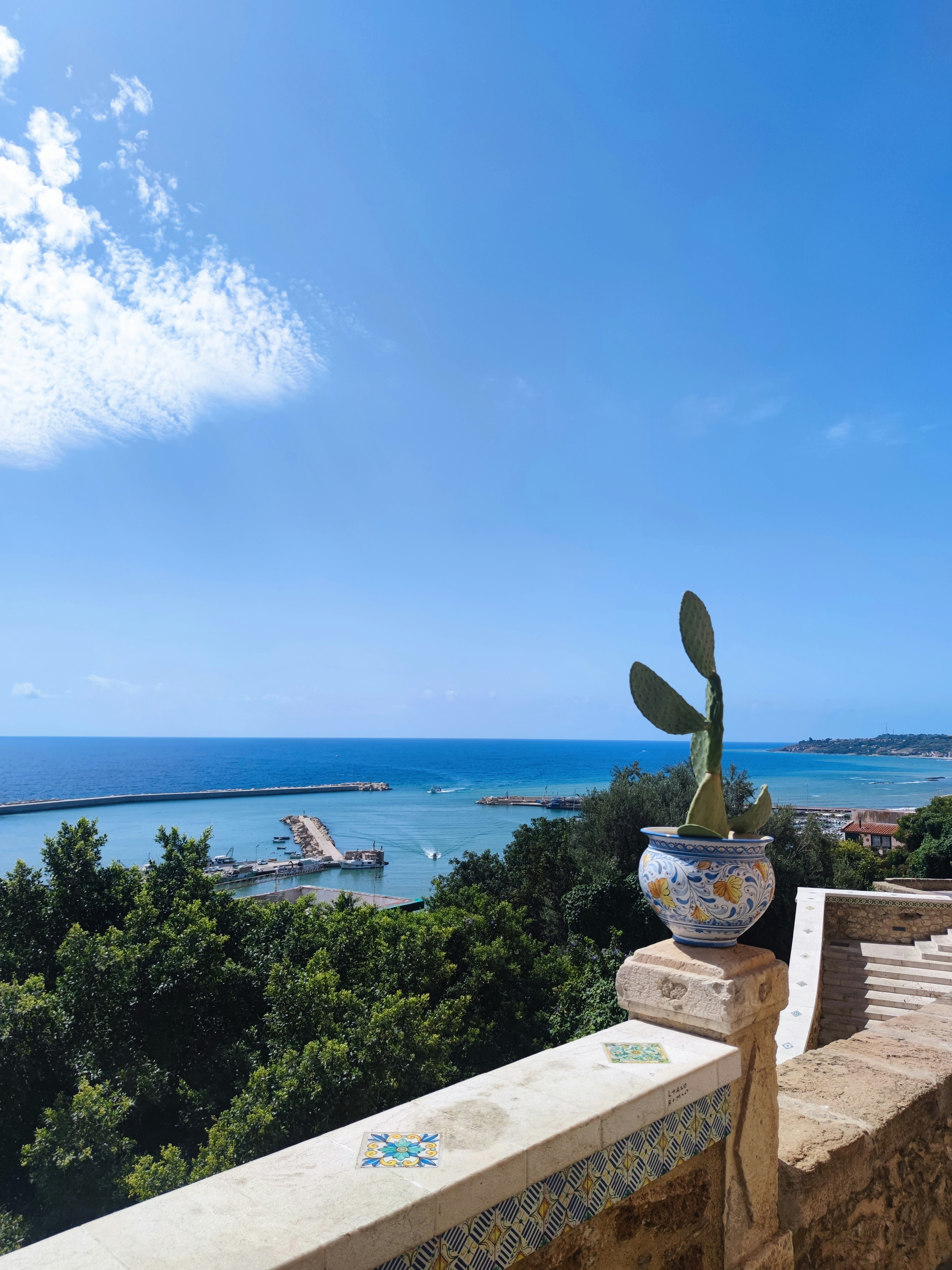
Next to the city, on Mount Kronio, one finds the thermal baths, along with a panoramic view over the sea. Do not forget the “Enchanted Castle,” an original exhibition of faces sculpted into rocks and into the bark of trees by Filippo Bentivegna. Foto di Renzo Vanden Bussche su Unsplash
Next to the city, on Mount Kronio, one finds the thermal baths, along with a panoramic view over the sea. Do not forget the “Enchanted Castle,” an original exhibition of faces sculpted into rocks and into the bark of trees by Filippo Bentivegna.
In the hinterland one finds Naro. Here, the architecture and so many of the renovations of buildings and churches are from the 18th Century. Higher up one finds the Medieval Castle, the Old Cathedral and Piazza Garibaldi, all surrounded by refined 19th-Century edifices. In the lower city, one can admire the architecture of the Church of San Salvatore, the Chiesa Madre (Mother Church) and Palazzo Destro.
Innumerable artistic and gastronomic treasures can be found in the interior of Agrigento Province. Such is also an opportunity to delve into the colors and perfumes with which nature has endowed this part of Sicily, as well as foods that are still prepared according to ancient customs. Finally, not far from the coast lies a true paradise: the Pelagian Islands. Lampedusa, Lampione and LinIf you are a sports enthusiast, the sea is your playground, always at your disposal for snorkeling, sailing, surfing, windsurfing and canoeing.
The seabeds of the Pelagian Islands are a sort of treasure hunt for scuba-divers, due to the great variety of fish and lush vegetation.
Lampedusa is now a nature reserve, given the importance of the Spiaggia dei Conigli (Rabbit Beach) and its marine fauna. Sea turtles lay their eggs under the constant surveillance of World Wildlife Fund volunteers, who protect young turtles until they can safely reach the sea.
Spa-goers can look forward to wellness cures and beauty treatments, along with a view of the splendid Sicilian Sea: Sciacca, for instance, with its famously curative waters, offers a complete spa vacation right on the coast.
Agrigento is founded upon an ancient city, and artisan goods made according to ancient customs have been passed down from generation to generation. Here one can find objects and sculptures made from cork, terra-cotta, cast-iron, as well as wicker; and even typical musical instruments like the very rare and carefully-crafted zampogne (the Sicilian equivalent of Scottish bagpipes, known in dialect as ciaramedde).
Some of the area’s best events include the Almond Fest, when Agrigento’s almond trees are in bloom, and the International Folklore Festival, held every year in the Valley of the Temples.
Sicily almond blossom festival in the valley of the Greek temples in Agrigento
Sicily dmc incentives: almond blossom festival in the valley of the Greek temples in Agrigento
The annual Carnival celebrated in the city of Sciacca is one of the most important in the region. It features a parade, the highlight of which is the float of “Peppe Nappa.” Peppe Nappa is the one in a mask handing out candy, wine and sausages, but who, despite his largesse, is burned at the stake with firecrackers at the end of the procession.osa are all pearls in the middle of a by-turns turquoise, blue, and green emerald sea.


